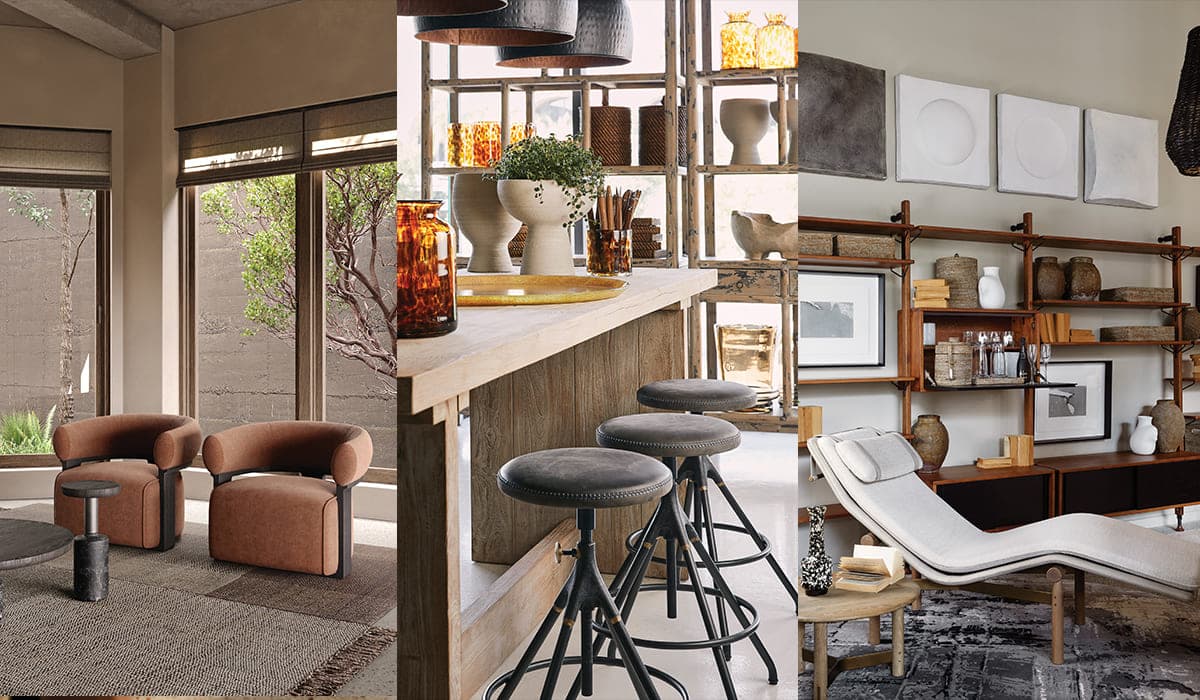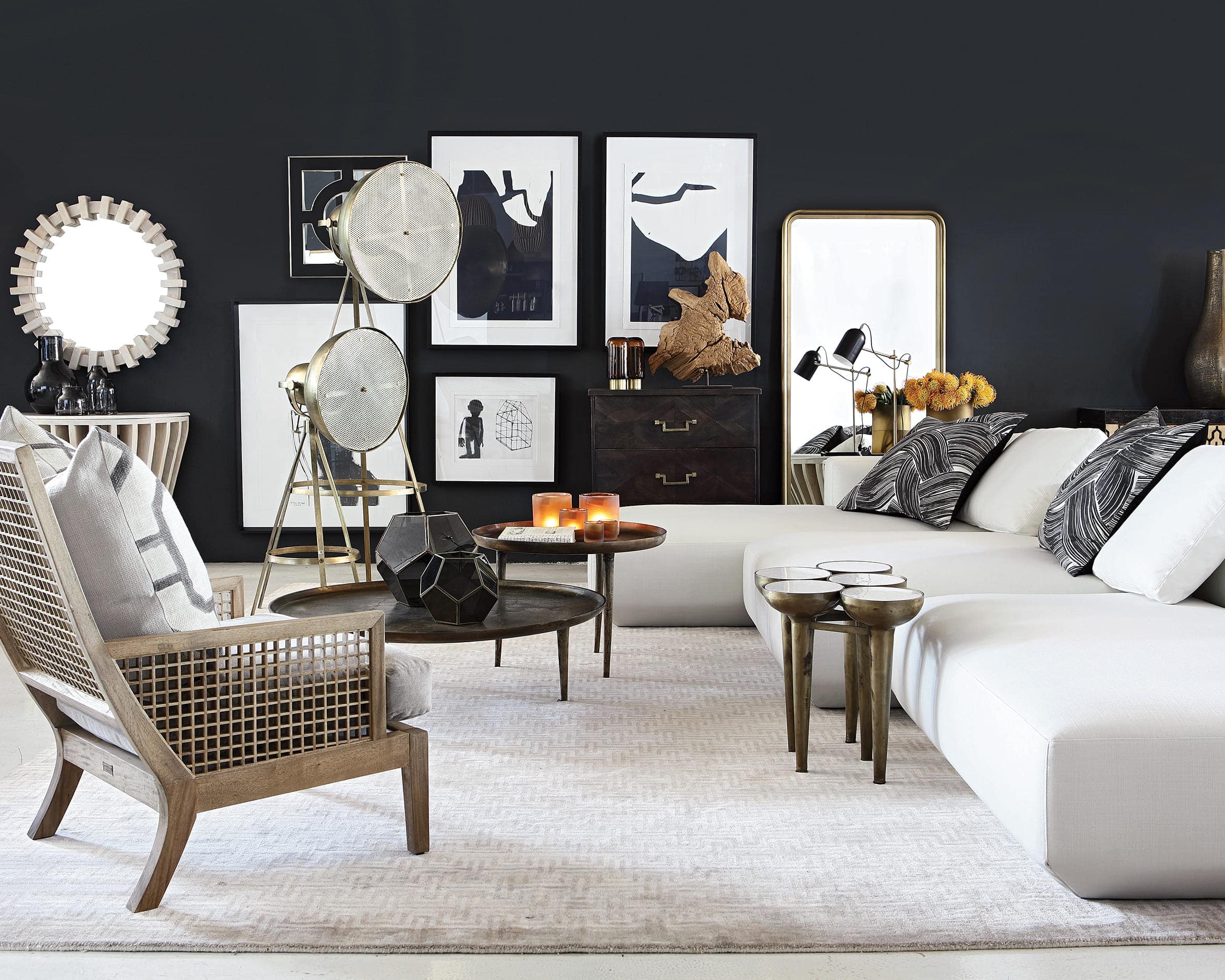In a world crowded with options, true opulence is rooted in authenticity. Interior designer Sumari Krige shares her insights on curating rich, intentional spaces oozing your unique style.
Although luxury remains a focal point in interior design, it’s the solace of a home that is remembered. This peace is not solely defined by appearances but is shaped by how that space is felt and experienced.
In this sense, cultivating a space that looks and feels luxurious becomes all about a personal practice, changing according to individual taste and vision. This philosophy of true-to-you opulence is epitomised by the style and work of Sumari Krige, interior designer and founder of La Grange Interiors. We sat down with her to chat about how to make this philosophy your own.
Build character
Amid ever-changing design trends, the ultimate grandeur lies in crafting a space that’s uniquely yours. Before attempting to revamp or design a space, understand your own personal style and have a clear vision of the end goal of a design project. Start by doing your homework on the elements of design that you would like to prioritise in your space, and consider how the layout, colour, texture and pattern speaks to you.
Reflect on the emotion that you wish to feel in a room as well as how the space can practically serve you. While personal style is seemingly intuitive, you may feel further supported by a professional design eye. Take the opportunity to ask the questions that help you achieve a representation of your personality and lifestyle in your home. “For me, luxury is designing a space where a client feels at home, comfortable and secure,” Sumari says. “It’s all about a space they love to come back to at the end of a busy day.”
Plan your space
For Sumari, luxury design always comes back to thoughtful space planning. Get this planning right before you start choosing furniture or looking at fabrics, she advises. Carefully consider how you live in a space and how an interior’s structure can support this. When you consider the physical aspects of a home, you ensure there is flow in the layout of each room. Prioritise natural light from big windows where possible, as this is essential to brightening living areas. Both high and low ceilings bring different challenges that need to be planned around. While low ceilings limit your room to play, high ceilings can make a room less cosy. Flooring, walls and built-in cupboards are a good canvas to showcase luxe materials as good groundwork before you get into soft furnishings.

Curate with love
Sumari believes selecting soft furnishings and decorative pieces for your space is a personal practice. “Each element in your home is a choice and you need to know that you love it,” she adds. It’s worth investing in bigger pieces, such as a quality sofa or crafted dining table, as they set the tone for decorating the rest of your home. Next, layering your space with loved objects on shelves, coffee tables and open areas are an opportunity to fully personalise your home and show off your personality. This careful curation is what elevates a room. But refinement takes time. Consider buying books over time, seek out vintage lamps and mirrors, embrace heirlooms and collect ceramics, candles or throws as you travel.
These items are great conversation starters. Sumari believes that art is a significant feature in the home. “Art is very private. Art is personal, so you need to trust your gut. You need to choose art, not because it’s fashionable, not because somebody said you need to buy it- you personally need to love that piece,” she explains. Layering your home with loved objects contributes meaning to your home, representing a full life of personality.
Mix it up
“Today, nothing needs to match. It can be eclectic, where you mix different styles, period furniture and art to create your own look,” advises Sumari. Mixing unique pieces with intentionally chosen furniture is how you can echo the thoughtful spaces Sumari is known for. However, it’s also about being thoughtful with pattern, colour and materials to align with style and practicality.
There are a few design principles that are worth remembering. Pattern is a statement, so use it on curtains or wallpaper to complement small spaces with a cosy ambience. Monotone colour schemes suit larger spaces, as it encourages visual flow. Add interest by layering decorative pieces and to create the comfort you want. Incorporate colours that emulate your natural surrounds, from the earthy tones of burnt oranges, warm reds and muddy browns to the freshness of muted greens and yellows. This way, you can play with subtle colour while honouring natural elements. Make use of woven fabrics, textured velvets and natural linens to maintain a luxurious feel throughout the home. Natural materials work together for a high-quality, finished look when paired with smooth surfaces made of granite, marble and natural woods. Piecing together unique pieces with timeless classics are sure to make for a luxurious, inspiring home.
Words by: Claudia Da Silva
Photography by: Supplied
Text courtesy of Livingspace magazine
Also read: How to break these decor rules







